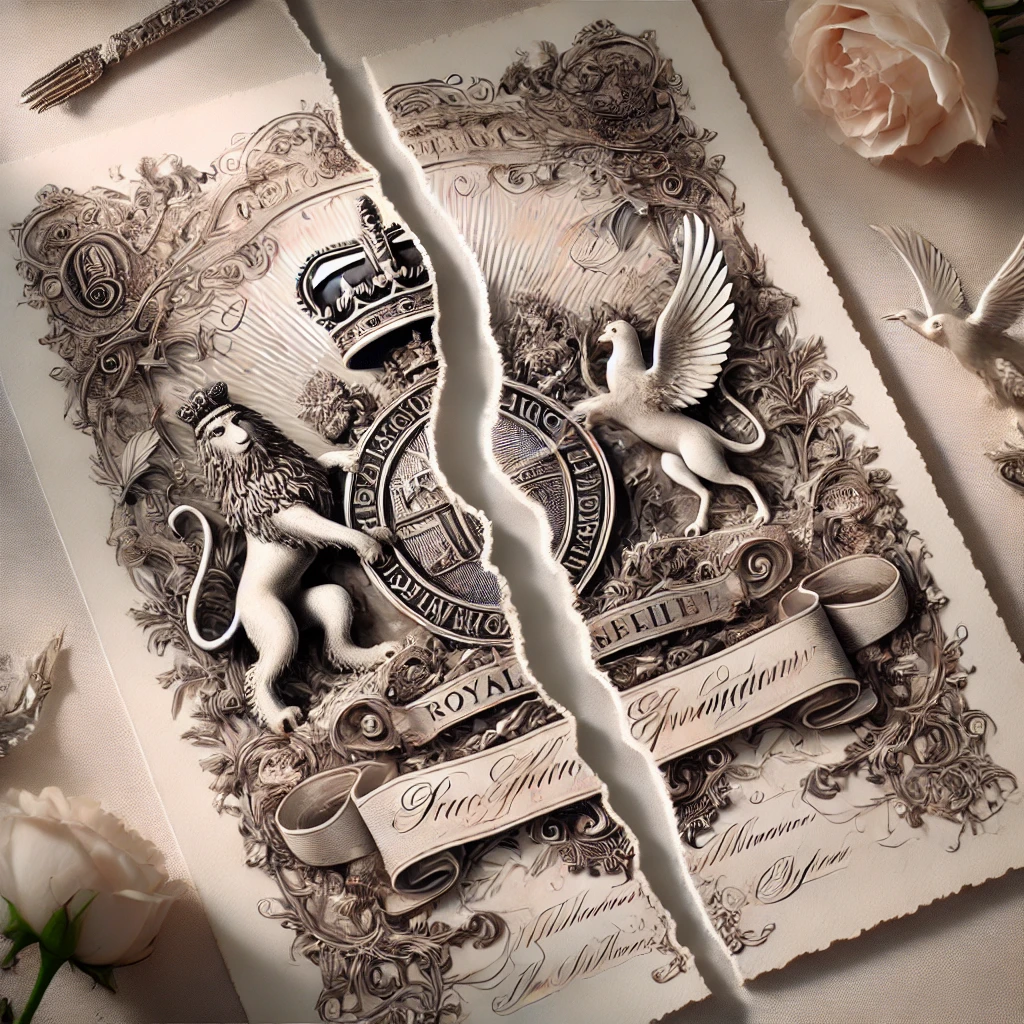On December 9, 1992, British Prime Minister John Major addressed the House of Commons with a historic announcement: the official separation of Charles, then the Prince of Wales, and Princess Diana. This declaration marked the culmination of years of speculation and turmoil within the royal marriage, drawing a close to a union that had captivated the world since their fairy-tale wedding in 1981. While the announcement was momentous in its own right, its reverberations extended beyond the royal family, leaving a profound impact on British society and the monarchy’s global perception.

A Marriage Under the Spotlight
The marriage of Prince Charles and Lady Diana Spencer had been a global sensation from the start. Their 1981 wedding at St. Paul’s Cathedral was watched by an estimated 750 million people worldwide, heralded as a storybook union. However, the realities of their relationship soon began to unravel under intense public scrutiny. Reports of infidelity, emotional estrangement, and contrasting lifestyles plagued the marriage, leading to a breakdown that became impossible to ignore.
By the late 1980s, the cracks in their relationship had become a matter of public record, with both Charles and Diana addressing their struggles in interviews and authorized biographies. Despite efforts to maintain a united front, their separation became inevitable, reflecting the challenges of balancing personal happiness with royal obligations.

Significance of the Separation
The separation of Charles and Diana was not just a private matter; it was a cultural and political moment that challenged the perception of the British monarchy. The announcement broke centuries of tradition, where royal marital discord was typically concealed from public view. The openness with which their issues were discussed signaled a shift toward greater transparency in the royal institution.
Public reaction to the separation was mixed. While some viewed it as a necessary step for two individuals clearly at odds, others lamented the symbolic failure of a union that had once represented hope and stability. The separation also intensified media scrutiny of the royal family, particularly of Diana, whose popularity remained undiminished despite the marital discord.
A Legacy of Change

The separation, and later divorce in 1996, fundamentally reshaped the royal family’s relationship with the public. Diana’s untimely death in 1997 further solidified her legacy as the “People’s Princess,” a figure whose humanity and relatability resonated deeply across the globe. For Charles, the separation marked a turning point in his public image, as he worked to redefine his role within the royal family and ultimately find personal happiness with Camilla Parker Bowles, now Queen Consort.
Today, the events of December 9, 1992, serve as a reminder of the complexities of public life for royal figures. The separation highlighted the challenges of balancing personal fulfillment with duty, setting a precedent for subsequent generations of royals, including Prince William and Prince Harry, who have navigated their roles with a greater emphasis on individuality and mental health advocacy.
The announcement of Charles and Diana’s separation remains a pivotal chapter in royal history. It underscored the human realities of those living within the gilded walls of monarchy and catalyzed a transformation in how the institution interacts with a modern and increasingly connected world.
